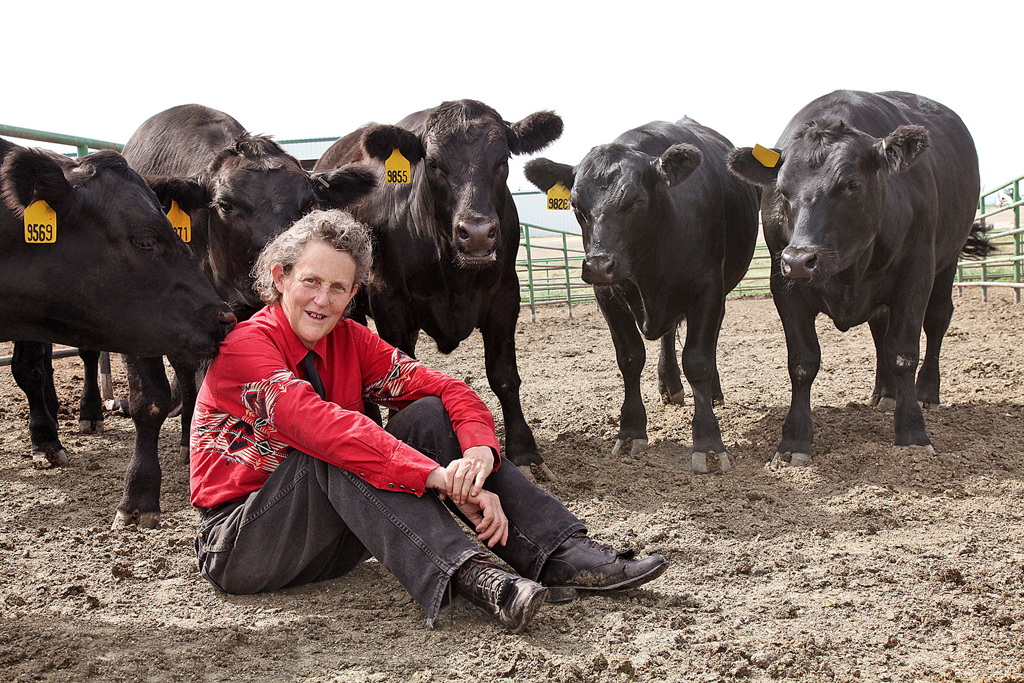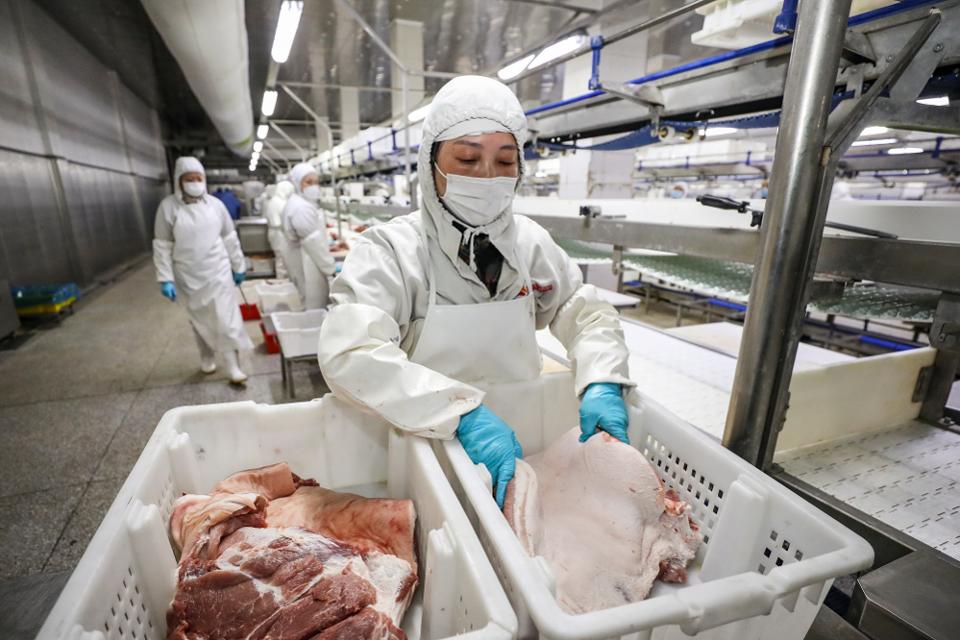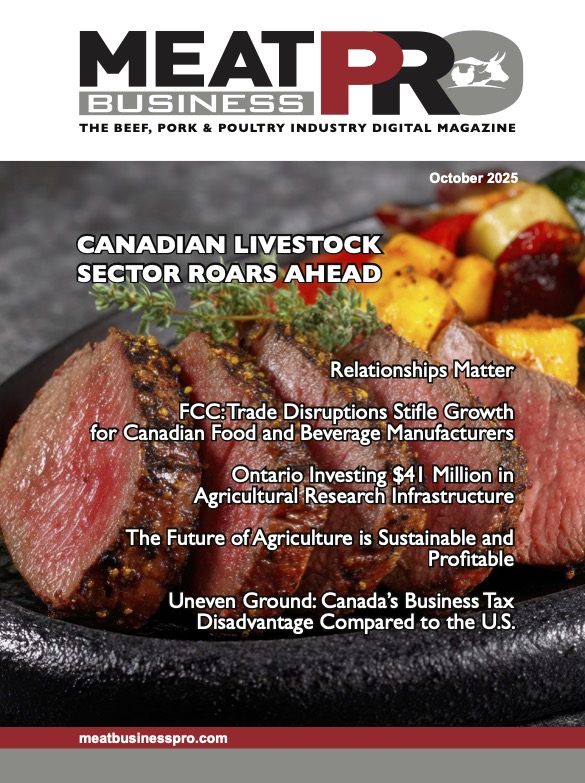Temple Grandin on Why Big Meat Supply Chains Are Fragile

About five years ago, I was giving a lecture in my livestock handling class at Colorado State University about animal welfare, and when I turned to write on the whiteboard, I had a light bulb moment
by Temple Grandin – Forbes
I immediately was triggered to recall a moment during the floods of 2013 when I was driving home to Fort Collins from the Denver airport. Interstate 25 was flooded so I first drove east to get around it. Then I drove north, and everywhere I went, I found roads impassable.
Finally, I got out past Greeley, the agribusiness hub where JBS’s American division is currently headquartered, and went around the huge Kuner feedlot, which at the time was owned by JBS. The cattle were all dry but the flooding lapped around the edge of the feedlot. The water stayed out because JBS had done an excellent job of rebuilding it.
And it was there that I finally found a bridge that was dry. It was only a foot out of the water and closed an hour later.
“When a supply chain becomes more concentrated, there is greater loss of supply when a single plant is closed”
My students are often concerned that large corporations are bad, but my answer has always been badly managed is bad. I was thinking about that when this new epiphany struck me. Big is not bad, it is fragile.
Temple Grandin shooting a video in a lamb meat plant
That’s important now more than ever, because everything is bigger. When I first started my career as a designer of cattle handling systems in the early 1970s, the meat supply chain was more diversified with many smaller packing plants. In the city of Denver, there were several slaughterhouses and Los Angeles even had a whole row of companies on a single street. Each one of these plants processed 500 to 1,000 cattle per day.
But almost all of these smaller, independent plants have now closed. What drove these packers out of business was the transformation of the entire industry in the 1980s from selling retailers carcasses to packing and shipping meat in boxes. Most of these independents were located in major cities. There was no room to build the additions required for all the extra cutting and they couldn’t afford to build new plants outside the city.
It ushered in an era of closures and acquisitions. And today the big companies are running plants that are really massive: a single plant may process 2,000 to 6,000 cattle per day if it runs two shifts. A large, double-shifted pork plant may process 20,000 pigs per day.
Because today’s system is so concentrated – and slaughter and processing is done in fewer, larger plants – the pandemic we’re facing has overwhelmed this supply chain. There is an old saying “do not put all of your eggs in one basket.” When a supply chain becomes more concentrated, there is greater loss of supply when a single plant is closed. A Tyson beef plant in Kansas closed last year due to a fire, and it did cause some production disruptions, but other plants ran Saturday shifts to compensate. The supply chain was able to compensate for the temporary closure of a single large plant.
Workers processing pork at a food factory in China this month. AFP VIA GETTY IMAGES
But without sufficient slaughterhouse space to process all the pigs and chickens that are growing today, farmers have been forced to euthanize poultry and pigs. This is both a tragic waste of food and if euthanasia is done poorly there could be great animal welfare problems, and it can be really traumatic for the farm workers who have to do this.
A disruption or plant shutdown at any point along the chain is more likely to cause shortages that consumers can eventually see. Meat is not the only industry with a concentrated supply chain. Other food processors have shut down recently. And the pharmaceutical industry’s supply chain for common generic drugs may be even more concentrated. The raw materials are made in China and the pills are manufactured in India. There is a major difference between pigs and raw materials for manufacturing generic medicines. The system can handle a short disruption of several months because a supply of chemicals can be stored. Pigs cannot be stored because their numbers would quickly overcrowd the buildings.
Big operations are extremely cost efficient. That’s why they’ve been built this way. The downside is the fragility of the supply chains, as Covid-19 proves. This pandemic is going to be a wakeup call and I expect many to become a lot more interested in more distributed local supply chains. Local production provides the opposite: it will always be more expensive because fixed costs such as labor, electricity, and water to process each pig will be higher. But a local supply chain is less prone to disruption. It also has a lower dependence on long distance trucking. During the floods in Colorado, semi-trucks had a difficult time re-supplying many stores.
The bottom line is, there will always be a tradeoff. Big suppliers are low cost, efficient and fragile. More numerous local producers are more expensive, but the entire supply is more robust. It will be less prone to disruption from floods, fires, electric power failures, storms or diseases like coronavirus or others in the future.
Originally published by Forbes













